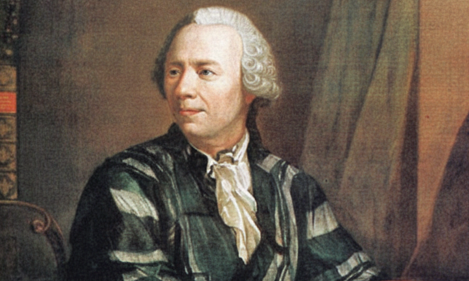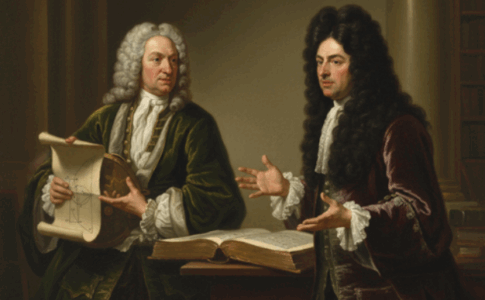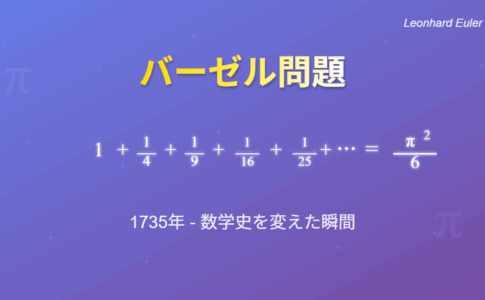今回は1階線形微分方程式の解法を学びます.
$$y’+P(x)y=Q(x)\cdots①\ (Q(x)\neq0)$$
$Q(x)=0$のとき,①は同次方程式(斉次方程式)という.(下の②)
$$y’+P(x)y=0\cdots②$$
①は変数分離形ではないので,一般的には解くことが難しいので,②をまず解く.
$②について:①よりy\neq0なので,②もy\neq0として解く.$
$$\displaystyle\frac{dy}{dx}=-P(x)y$$
$$\displaystyle \int \frac{1}{y}dy=-\int P(x)dx$$
$$\log {|y|}=-\int P(x)+C_1$$
$$|y|=e^{-\int P(x) dx+C_1}$$
$$y=\pm e^{C_1} \cdot e^{-\int P(x) dx}$$
$$\therefore\ y=Ce^{-\int P(x) dx}\cdots③\ (C=\pm e^{C_1}とおいた)$$
定数変化法:任意定数$C$がある関数$u(x)$ならば解になるのではないかという考え方
$③をy=u(x)\cdot e^{-\int P(x) dx}\cdots③’とおき,これを①に代入して,$
$$\{u(x)\cdot e^{-\int P(x) dx}\}’+P(x)\int u(x)e^{-\int P(x) dx}=Q(x)$$
$$u'(x)e^{-\int P(x) dx}+u(x)e^{-\int P(x) dx}\{-P(x)\}+P(x)\cdot u(x)\cdot e^{-\int P(x) dx}=Q(x)$$
$$u'(x)e^{-\int P(x) dx}=Q(x)$$
$$\displaystyle \frac{du}{dx}=Q(x)e^{\int P(x) dx}$$
$$\therefore\ u(x)=\int Q(x)e^{\int P(x) dx}dx+C\cdots④$$
④を③に代入して,
$$y=e^{-\int P(x) dx}\{ Q(x)e^{\int P(x) dx}dx+C\}$$
【例題】$y’-2y=e^{x}\cdots①$の一般解を求めよ.
(解)まず,同伴方程式$y’-2y=0の解を求めるとy=Ce^{2x}\cdots②$
$ここで②の定数Cをu(x)と置き換える.y=u(x)\cdot e^{2x}\cdots③$
$③を①に代入して整理すると,\displaystyle \frac{du}{dx}=e^{-x}$
$$\int du=e^{-x} \ \therefore\ u=-e^{-x}+C$$
$$\therefore\ y=(-e^{-x}+C)e^{2x}$$
$$\therefore\ y=Ce^{2x}-e^{x}$$





コメントを残す